Can eating sushi be bad for you? 9 hacks for a healthier Japanese meal

Compared to a fast food meal, sushi is seen as a healthier choice as it offers lower fat and leaner proteins. But is sushi actually that healthy?
Yes – and no. Like most dishes, there are hidden culprits in sushi choices that can easily turn your meal from light to loaded.
5 hotpot food swaps for a healthier meal
Next time you feel like eating sushi, try these nine hacks for a healthier meal.
Order a side of veggies
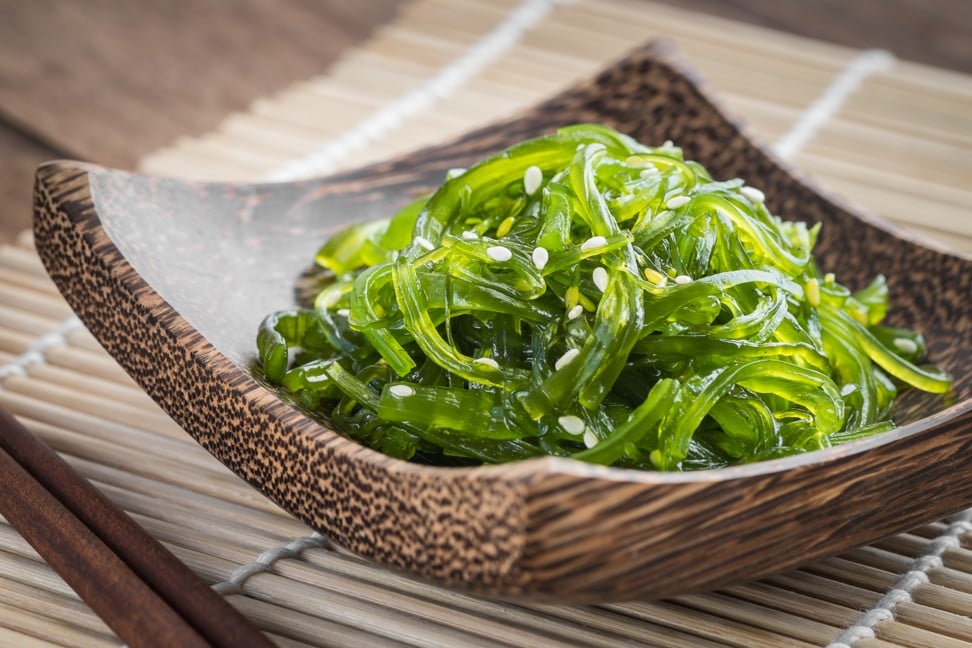
Most sushi items generally contain little to no vegetables. That said, one of the main ingredients of sushi is rice, so choosing fewer starchy dishes to start your meal is not a bad idea.
Starters such as house salad of leafy greens, or a portion of edamame (without salt), or an order of wakame, also known as seaweed salad, are some of the healthier options. The presence of dietary fibre in these selections, and protein in edamame may help pace your appetite without overindulging.
Choose fish with high omega-3 fats

Salmon, mackerel and tuna are some examples of fish with an excellent source of omega-3 fats, specifically DHA and EPA, which are vital for the health of the heart, the eyes and the brain.
Hong Kong’s Department of Health’s The Food Pyramid recommends that adults consume between five and eight taels (between 6.7 and 10 ounces) of a variety of meat, fish, eggs and alternatives each day.
How to love dim sum – and avoid 900-calorie meals
Additionally, the American Heart Association recommends one to eat two servings of 3.5 ounces of fatty fish, such as salmon, each week, which is equivalent to the size of two decks of playing cards.
That said, if you eat sushi several times a week and choose the fatty fish items (without considering whether you are eating fish presented in other cooking methods and cuisines), you may be meeting all the recommendations mentioned.
Choose sashimi and nigiri more often
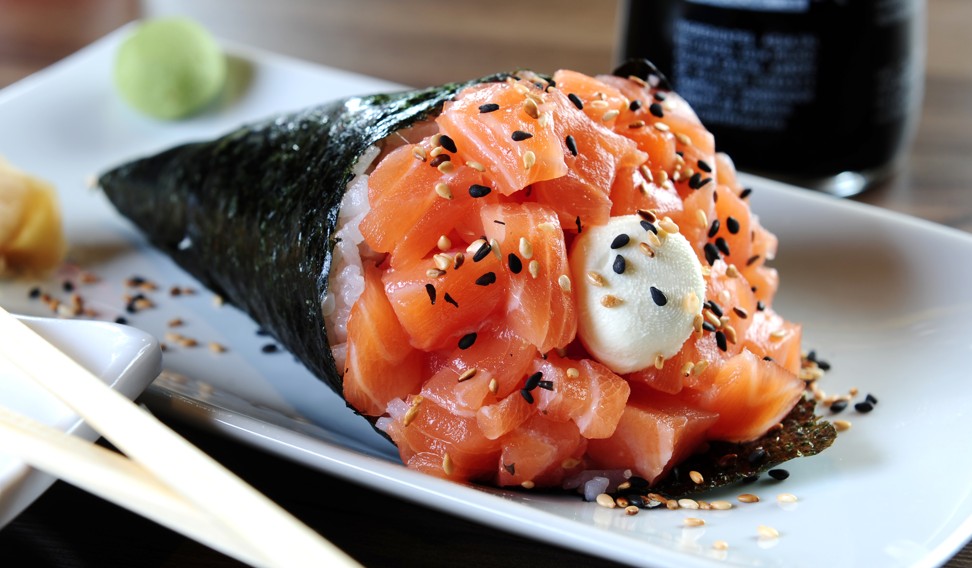
So, with the different variations of fatty fish sushi combinations, which ones should you specifically choose?
One of the issues with sushi is portion control. Since many sushi pieces tend to be similar in size to finger foods like hors d’oeuvres, one may overlook how many pieces they have eaten.
Furthermore, sushi, specifically the nigiris, maki rolls, speciality rolls and hand rolls are packed with sushi rice, which are flavoured with vinegar and sugar. Because of the added sugar, there are more calories in sushi rice than steamed rice (for the same portion size).
If you are concerned about eating too much rice at a sushi meal, then I would suggest ordering a balanced combination of sashimi, sliced raw fish without the rice, and nigiri, rice with a slice of raw fish on top.
6 traditional Japanese foods vegans can enjoy in Osaka
I would also suggest skipping the maki rolls altogether. Because they are quite small in comparison to sashimi and nigiri, the amount of fish included would be less than what you would get in one portion of sashimi and nigiri.
Since hand rolls cannot be shared, you’ll be consuming more calories – unlike eating sushi rolls, which are bite-size and easy to share.
Choose brown rice when you can

Some sushi restaurants now offer healthier options with their menus, such as allowing diners to substitute white rice for brown rice. If there is such option, then take advantage of it.
Brown rice is more nutritious than white rice, with more dietary fibre, magnesium and potassium. Compared to white rice, it is also a lower glycemic food, which is digested, absorbed and metabolised more slowly than white rice, resulting in a slower and lower surge in your blood sugar and insulin levels.
Stay away from the deep-fried items
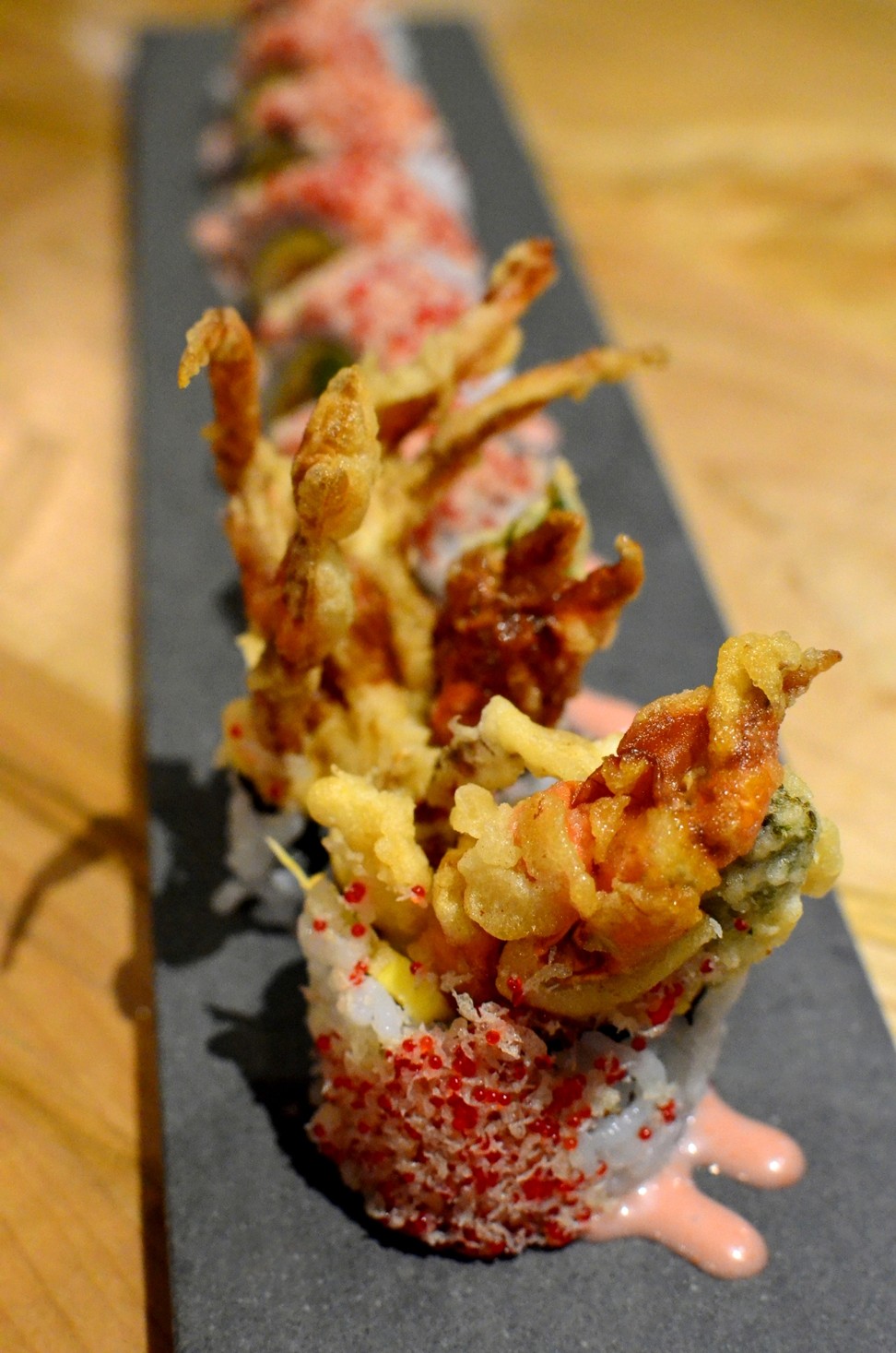
Aside from nigiris, maki and sashimi, speciality sushi rolls such as softshell crab rolls and dynamite rolls are popular among sushi diners because they come in various combinations of ingredients, colours and texture, which make them aesthetically appealing to the eyes and flavourful to the palettes.
However, if you are trying to enjoy a healthier sushi meal, forget about the deep-fried items. You are better off eating the non-fried starters, nigiris and sashimi as suggested above.
Ask for less or no sauce
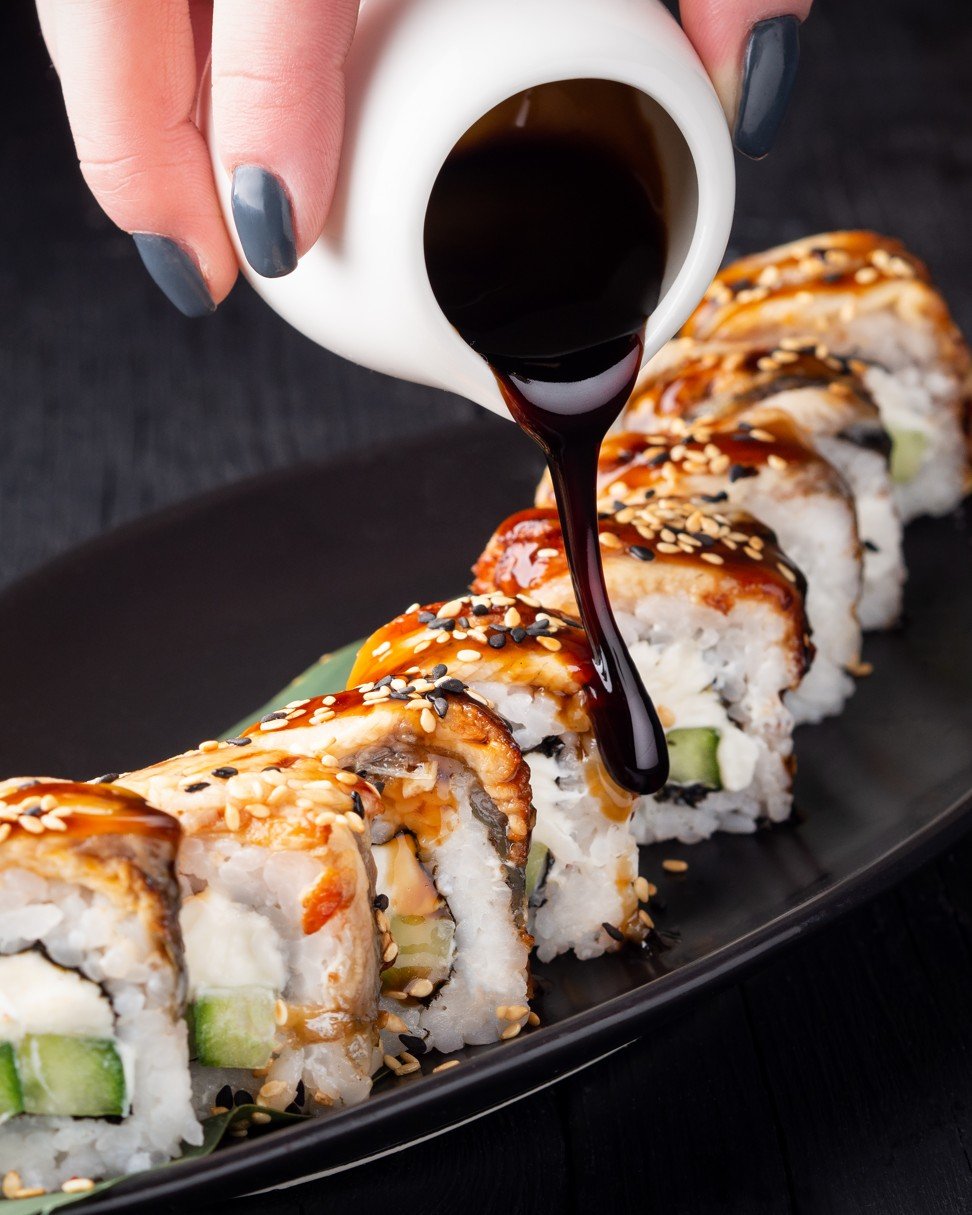
Many speciality rolls also come with a garnishing sauce, which could be made from mayonnaise or teriyaki sauce. These sauces would only add more calories, fat and sugar to the sushi item.
Go easy on the soy sauce
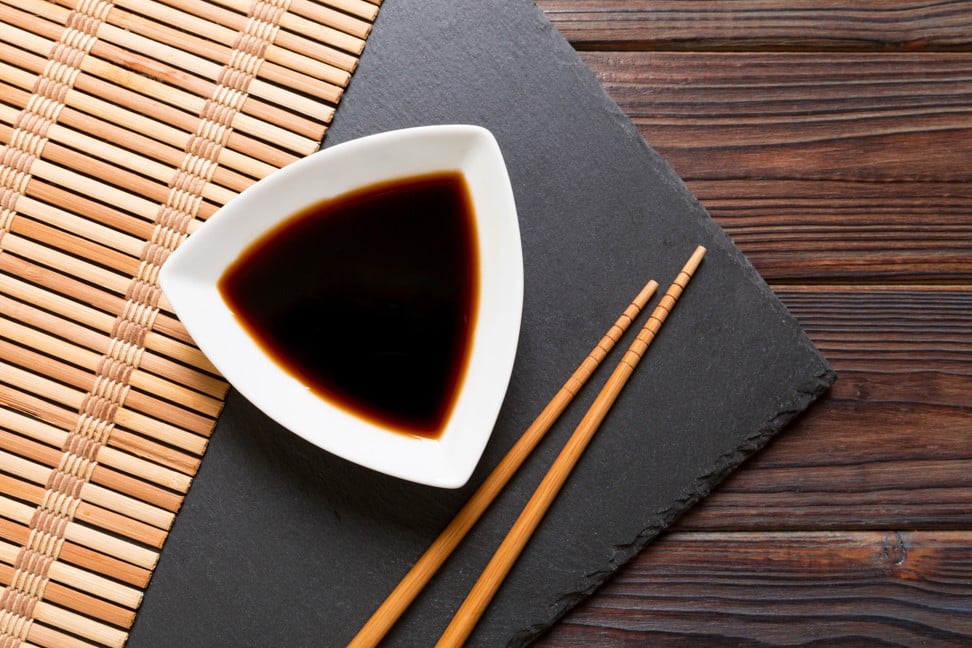
Most people would agree that sushi is more palatable with condiments such as soy sauce, but did you know a tablespoon (15ml) of regular soy sauce has 891 milligrams of sodium? This is equivalent to almost 45 per cent of the recommended sodium intake per day for adults.
Too much sodium in your diet may increase your risk for high blood pressure, heart disease, stroke and kidney disease.
5 top spots in Kuala Lumpur for an immersive omakase meal
To go easy on the soy sauce, you can lightly dip the fish instead of the rice into the soy sauce-filled condiment plate, as the latter tends to absorb more soy sauce than the former.
Better yet, enjoy your sushi with other condiments such as pickled ginger and wasabi to spare yourself from always dipping your sushi into soy sauce.
Watch out for mercury

Some fish is a great source of omega-3 fats, but one should be weary of the types of fish they eat, as seafood and shellfish absorbs mercury that is naturally found in the environment.
Fish such as tuna, mackerel and swordfish have higher mercury levels.
Occasionally eating sushi containing these fish is not a concern, but if it is consumed frequently, especially if one eats sushi several times a week, one could potentially have higher mercury levels in the body.
High mercury levels can affect the development of the nervous system, particularly babies in the womb, infants and children.
Better options that are low in mercury with omega-3 fats are salmon, shrimp, scallops and squid.
Dine at reputable restaurants

Finally, dine at or make your to-go sushi purchases from reputable restaurants.
Fish and seafood are potentially hazardous foods with parasites that need to be properly handled and refrigerated.
The Centre for Food Safety also recommends young children, pregnant women, the elderly and individuals with a compromised immune system to avoid eating raw and undercooked fish to prevent foodborne illnesses.
Want more stories like this? Sign up here. Follow STYLE on Facebook, Instagram, YouTube and Twitter .

Fish with high mercury levels, fried foods and too much sodium can all be part of a sushi meal, but are there healthier options at Japanese restaurants?